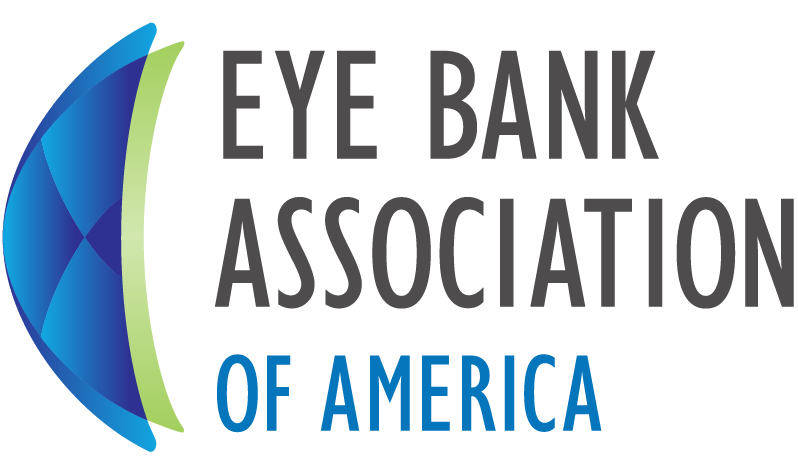Corneal Diseases that may require a transplant
Keratoconus

This disorder–a progressive thinning of the cornea–is the most common corneal dystrophy in the U.S., affecting one in every 2,000 Americans. It typically manifests itself early in life, and is most prevalent in teenagers and adults in their 20s.
Keratoconus arises when the middle of the cornea thins and gradually bulges outward from the pressure inside the eye, forming a rounded cone shape. This abnormal curvature changes the cornea’s refractive power, producing moderate to severe distortion (astigmatism) and blurriness (nearsightedness) of vision. Keratoconus may also cause swelling and a sight-impairing scarring of the tissue.
Fuchs’ Dystrophy

Fuchs’ Dystrophy occurs when the cells in the cornea’s inner layer gradually deteriorate without any apparent reason. As more endothelial cells are lost over the years, the endothelium becomes less efficient at pumping water out of the stroma (the middle layers of the cornea). This causes the cornea to swell and distort vision. Eventually, the epithelium also takes on water, resulting in pain and severe visual impairment. Epithelial swelling will also produce tiny blisters on the corneal surface. When these blisters burst, they are extremely painful.
Lattice Dystrophy

Lattice dystrophy gets its name from an accumulation of amyloid deposits, or abnormal protein fibers, throughout the middle and anterior stroma. Over time, the lattice lines will grow opaque and involve more of the stroma. They will also gradually converge, giving the cornea a cloudiness that may also reduce vision.
By age 40, some people with lattice dystrophy will have scarring under the epithelium – the cornea’s outer layer, resulting in a haze on the cornea that can greatly obscure vision and necessitating a transplant. In some cases, the epithelium will erode, altering the cornea’s normal curvature and exposing the nerves that line the cornea, causing severe pain. Even the involuntary act of blinking can be painful.
Iridocorneal Endothelial Syndrome

The most common feature of this group of diseases is the movement of endothelial cells off the cornea onto the iris. This loss of cells from the cornea often leads to corneal swelling, distortion of the iris, and variable degrees of distortion of the pupil, the adjustable opening at the center of the iris that allows varying amounts of light to enter the eye. This cell movement also plugs the fluid outflow channels of the eye, causing glaucoma.
The cause of this disease is unknown. While we do not yet know how to keep ICE syndrome from progressing, the glaucoma associated with the disease can be treated with medication, and a corneal transplant can treat the corneal swelling.


